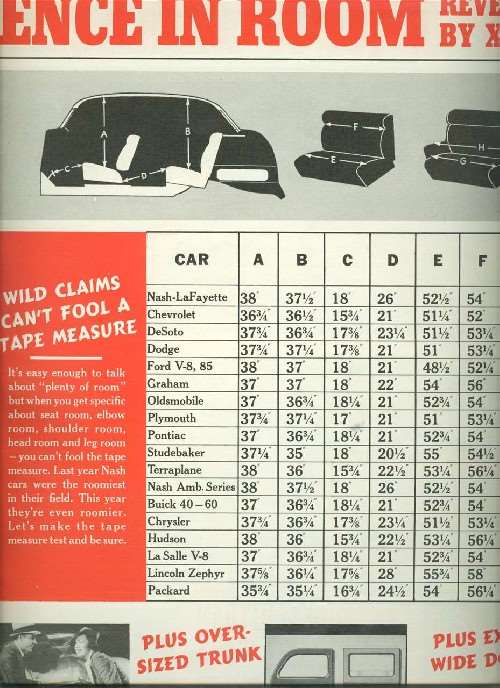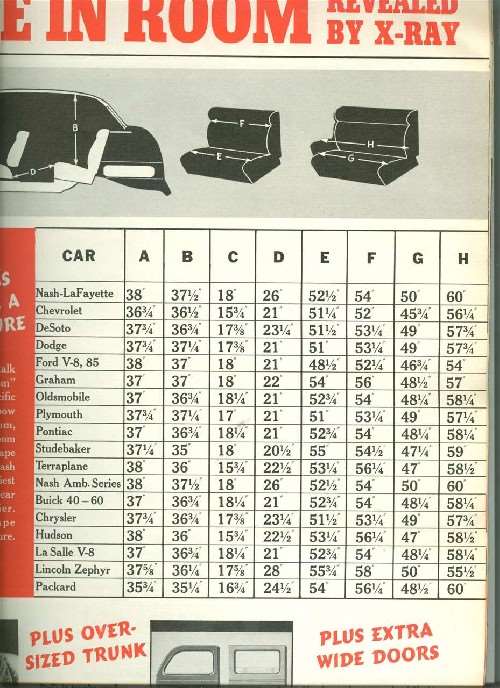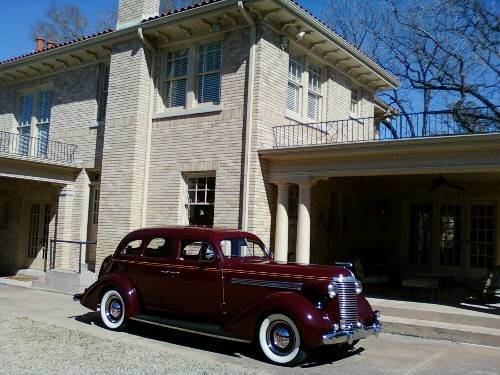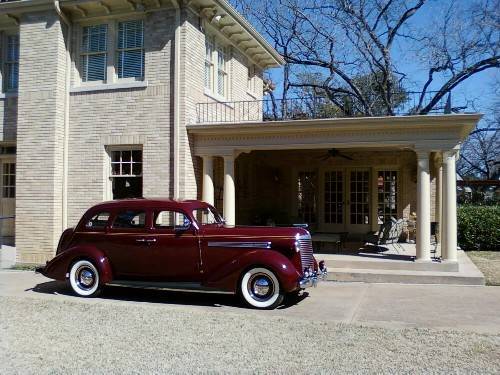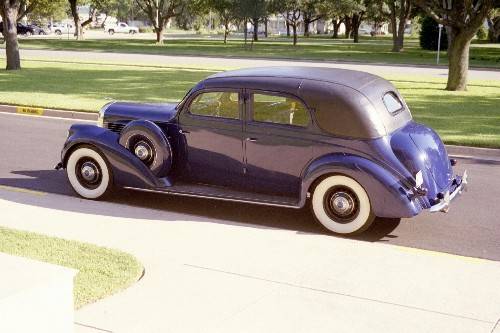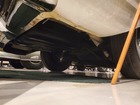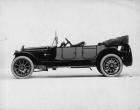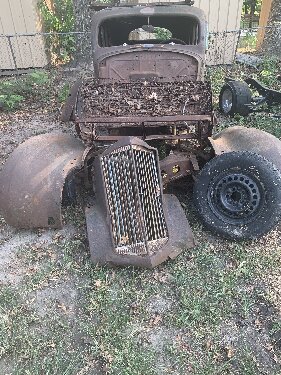|
Re: 1938 Packard Eight Deluxe
|
||||
|---|---|---|---|---|
|
Just popping in

|
Here are the interior dimensions.
Posted on: 2012/7/8 18:08
|
|||
|
||||
|
Re: 1938 Packard Eight Deluxe
|
||||
|---|---|---|---|---|
|
Just popping in

|
Photo of the Nash.
Posted on: 2012/7/8 16:42
|
|||
|
||||
|
Re: 1938 Packard Eight Deluxe
|
||||
|---|---|---|---|---|
|
Just popping in

|
Photo of the Nash.
Posted on: 2012/7/8 15:54
|
|||
|
||||
|
Re: 1938 Packard Eight Deluxe
|
||||
|---|---|---|---|---|
|
Just popping in

|
Ozstatman-
Pics of the '38 Lincoln and '38 Nash. My Nash is featured in the current issue (August, 2012) of Collectible Automobile in their article about the 1937-38 Nashes. BTW, that article is rife with errors, some large. This was a surprise given it was written by Patrick Foster. I've written a letter to him and the editor about it.
Posted on: 2012/7/8 15:45
|
|||
|
||||
|
Re: 1938 Packard Eight Deluxe
|
||||
|---|---|---|---|---|
|
Just popping in

|
Ozstatman--
I don't have a Packard of any kind. I have a 1938 Lincoln Model K V-12 Judkins 2-window berline and a 1938 Nash Ambassador Eight. The Lincoln was $6,125 new and the Nash was $1,200. I am an automotive historian of sorts. I'm curious how my Nash compares with the Packard Eight, which was $1,325 for the standard edition (the 1192, 4-dr touring sedan). The Ambassador Eight has some luxury features that were not included on the 1192; I'm curious if they came standard on the Deluxe, the 1172. That's what prompted my original query. In general, I am wanting to learn more about the 1938 Packard Eight because it was Packard's closest competitor to the Nash Ambassador Eight. The Packard was about 10% more, but I'm curious how they compare nonetheless.
Posted on: 2012/7/7 22:20
|
|||
|
||||
|
Re: 1938 Packard Eight Deluxe
|
||||
|---|---|---|---|---|
|
Just popping in

|
Tim, thanks for your reply.
When I look through the 1938 Six and Eight Salesman's data book that has been uploaded to this site I don't find any description anywhere as to the details of the Deluxe package. I have looked back through, even where the Eight Touring Sedan is shown and can't find anything about the Deluxe. Can you tell me what Section and page it is on in the Salesman's book?
Posted on: 2012/7/7 9:25
|
|||
|
||||
|
1938 Packard Eight Deluxe
|
||||
|---|---|---|---|---|
|
Just popping in

|
I'm trying to find out what extra features came with the 1938 Eight Deluxe (model 1172). It was $215 more than the standard Eight. Does anyone have a specific list? The Salesman's data book does not say.
Posted on: 2012/7/7 7:37
|
|||
|
||||

 (155.03 KB)
(155.03 KB)